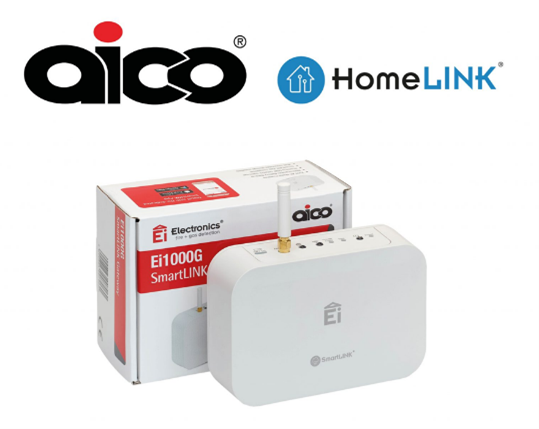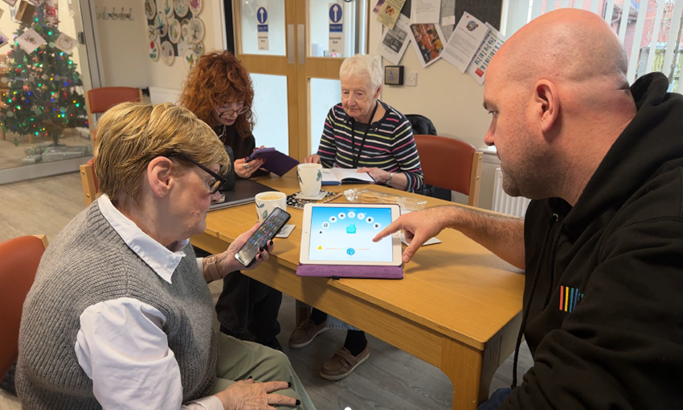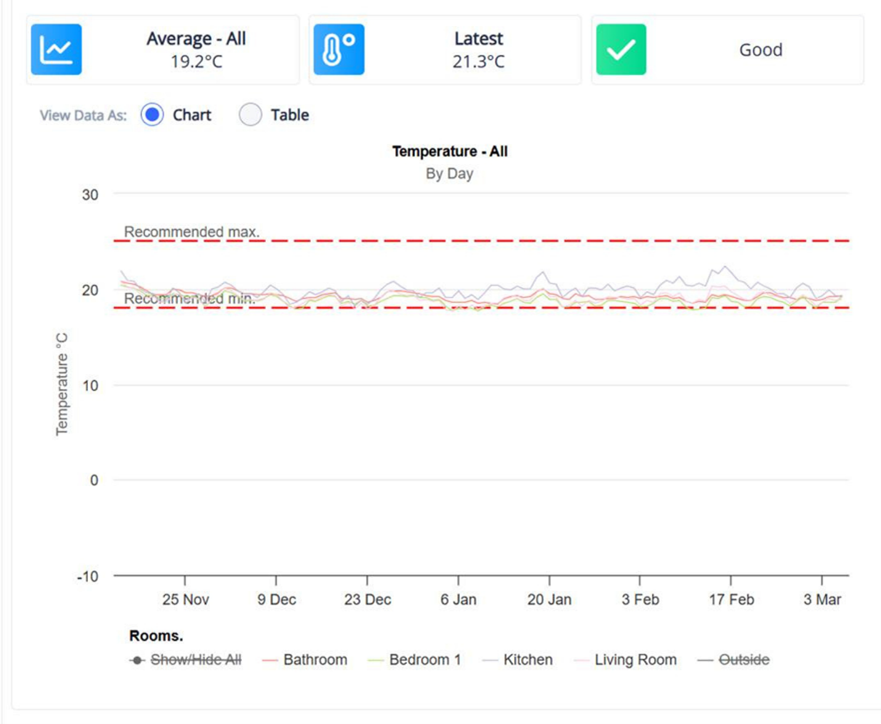Scott Steward & Bryan Dando, Barrhead Housing
The Sheltered Energy Sensors project is transforming how tenants in Barrhead Housing’s sheltered housing complex manage energy usage.
Funded by the Department of Science Innovation and Technology (DSIT) as part of the 5GIR programme, GCR utilised circa £750,000 to develop an innovation scheme, ensuring rapid outcomes within an 8-month period across the 5G Glasgow City Region (GCR). As part of the Smart and Connected Social Places Program, the Barrhead Housing innovation project aims to combat fuel poverty by providing real-time insights into energy consumption, heat loss, and environmental conditions.
5G-connected sensors help tenants in sheltered housing tackle fuel poverty, improving comfort, and shape a data-led approach to energy efficiency that can help them alter their behaviour, save money and monitor the environmental conditions in their home
What is the problem to be solved?
Tenants in sheltered housing schemes are particularly vulnerable to rising energy costs and poor living conditions, with little visibility over their energy usage or indoor environmental quality. In Barrhead, 72% of housing stock is in the 20% most deprived areas in Scotland. A COVID-19 impact study conducted by East Renfrewshire Council highlighted increased hardship in these communities, especially among older people.
Before the project, only 17% of tenants monitored their energy use, and just 4% felt unconcerned about energy costs. Air quality, heat loss, and damp issues went largely unreported and unmanaged.
What is the solution to the problem?
Purpose - The Sheltered Energy project installed 236 smart 5G sensors across 50 homes, including 28 sheltered units. These sensors monitor temperature, humidity, air quality (CO₂ levels), and energy usage in real-time. Data is shared with tenants via a user-friendly mobile app and with housing staff via a secure dashboard.

How the 5G Sensors work: https://youtu.be/eEMil7BF-Iw
Commercial model (Business Case)
The project demonstrates a scalable model with clear economic and operational benefits. By providing tenants with real-time information, energy use behaviours changed almost immediately, helping to identify those who may experience fuel poverty, promote preventative maintenance from the housing association, and inform future asset investments.

Benefits
Financial: (12 months data yet to be gathered, project ended March ‘25)
- Reduction in tenant energy bills
- Reduction in reactive maintenance costs
Social & Economic:
- Tenants report increased control over energy use (91% say so post-project)
- 70% of tenants would recommend the sensors to others
- One-third of tenants now regularly attend digital drop-ins
Digital Inclusion:
- 17% increase in tenants who now monitor energy usage
- Positive digital upskilling through guided weekly drop in sessions
Health & Comfort:
- Improved indoor air quality
- Better regulation of home temperatures
- Reduction in mould-related issues
Environmental:
- Supports planning for net-zero heating
- Identifies insulation and heating inefficiencies
Wider ecosystem benefits:
- Provides a replicable model for housing providers
- Demonstrates aggregated demand for advanced wireless tech
- Encourages “learning by doing” across social housing sector
Quotes from residents
“I feel more in control of my energy use now.” – Sheltered Housing Tenant
“It’s great to know that the Barrhead Staff are also looking at the information we are getting, I trust them to get in touch with me if they see that there is anything wrong” Sheltered Housing Tenant
“It’s good to know I can click a button and see if my home is green and happy” Sheltered Housing Tenant
Lessons Learnt
- Do:
- Invest time in tenant training and one-to-one digital support
- Keep the app interface simple and easy to use
- Create feedback loops through tenant surveys and check-ins
- Ensure sensors are low-maintenance and reliable
- Use trusted, experienced suppliers who understand housing needs
- Don’t:
- Assume tenants are digitally confident – adapt your training
- Rely solely on written materials – use videos and in-person sessions
- Overlook accessibility for tenants without smart devices
- Underestimate time needed to gather meaningful data trends
- Key Learnings:
- Digital inclusion is central to success
- Real-time data improves both tenant and provider decision-making
- Combining sensors with welfare support services amplifies impact
- Early engagement builds trust and interest
If you’re ready to embark on a connectivity project, we can point you to the suppliers with expertise in your sector.

